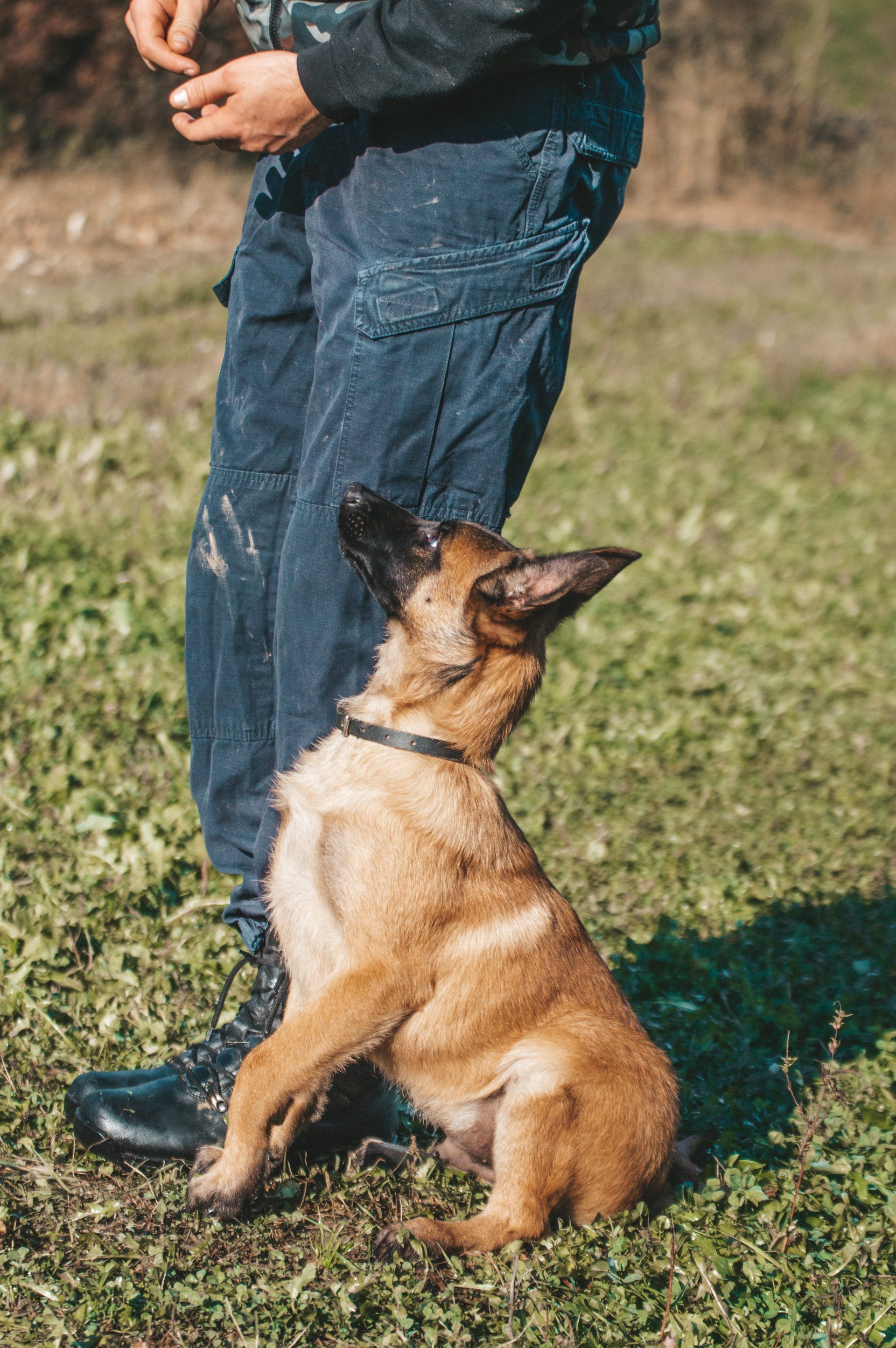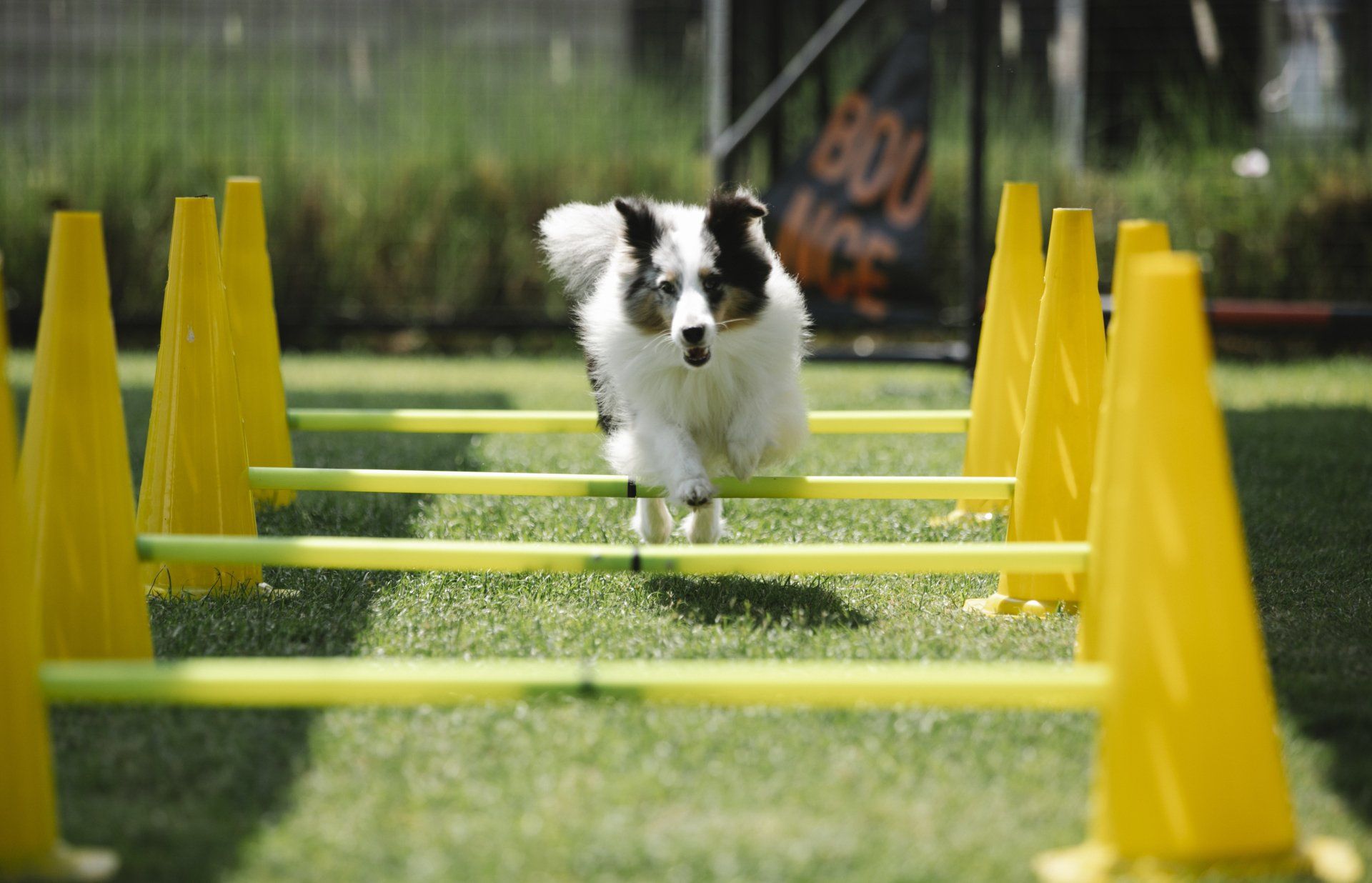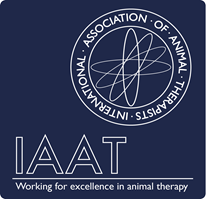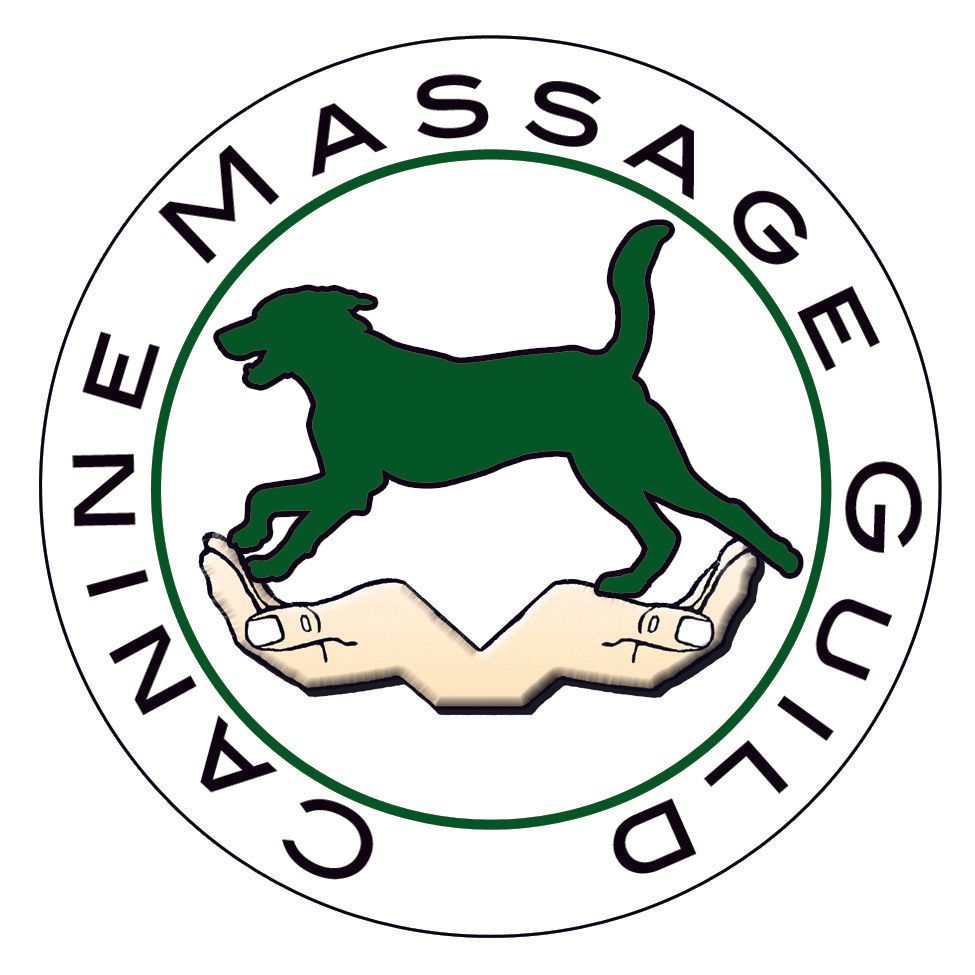Agility/
Performance
Agility/
Performance Dog
Agility and performance dogs are the athletes of the dog world and as such, it is just as important to provide their bodies with the same care and respect as human athletes do with theirs. As 45% of the dogs’ body weight is made up of muscle, it is no surprise that muscular issues have such an effect on the dog’s performance, this means they need to be taken care of, this includes ensuring that the muscles are conditioned and nurtured to the best of our ability.
As with any athlete, there is always the possibility of injury but what happens if there is no apparent cause of an injury, no accident or no fall, but the performance of the athlete is changing, changes such as:
· Slowing down
· Pole knocking
· Stride changes
· Contact issues
· Change to take off
· Changes in jumping
· Problems with weave entry
· Turning changes
· Uninterested behaviour
· Intermittent lameness
· Changes to landing
· Loss of speed
For muscles to be able to perform effectively, they need to be able to contract and lengthen to 100% of their ability by the myofibrils providing the movement that they should do, to the muscle fibres. However, microtrauma to these elements, most commonly by repetitive stress injury, can cause adhesions which restricts how they are able to move. If these adhesions are not dealt with, over time they can form trigger points; these are hyperirritable bands of focal point tension that can cause faux muscle fatigue. By not dealing with these, the persistent stress on the muscle can lead to hypertonicity and when the muscle fibres become overstretched and finally fail, the results can be very painful strains.
By having a full understanding of cross bridge theory, energy crisis hypothesis and trigger point formation, I am able locate and improve these issues and improve the muscle’s ability to contract and lengthen by restoring its functionality.
See how the Canine Bodywork Clinic can help your dog. Click the button below for your vet consent form….
Business Hours
- Sun - Mon
- Closed
- Tue, Wed, Fri
- -
- Thursday
- -
- Saturday
- -
Unit 16, Saltire Business Park, Fleming Road, Livingston, EH54 7BN
Mission Statement
To provide science based natural clinical care for dogs with musculoskeletal issues. To provide natural pain management, rehabilitation, and care for orthopaedic conditions, and maximise athletic and working performance. The Canine Bodywork Clinic is committed to ethical animal welfare values and professional standards. Delivering the best possible service to dogs, their owners and veterinary practices.





